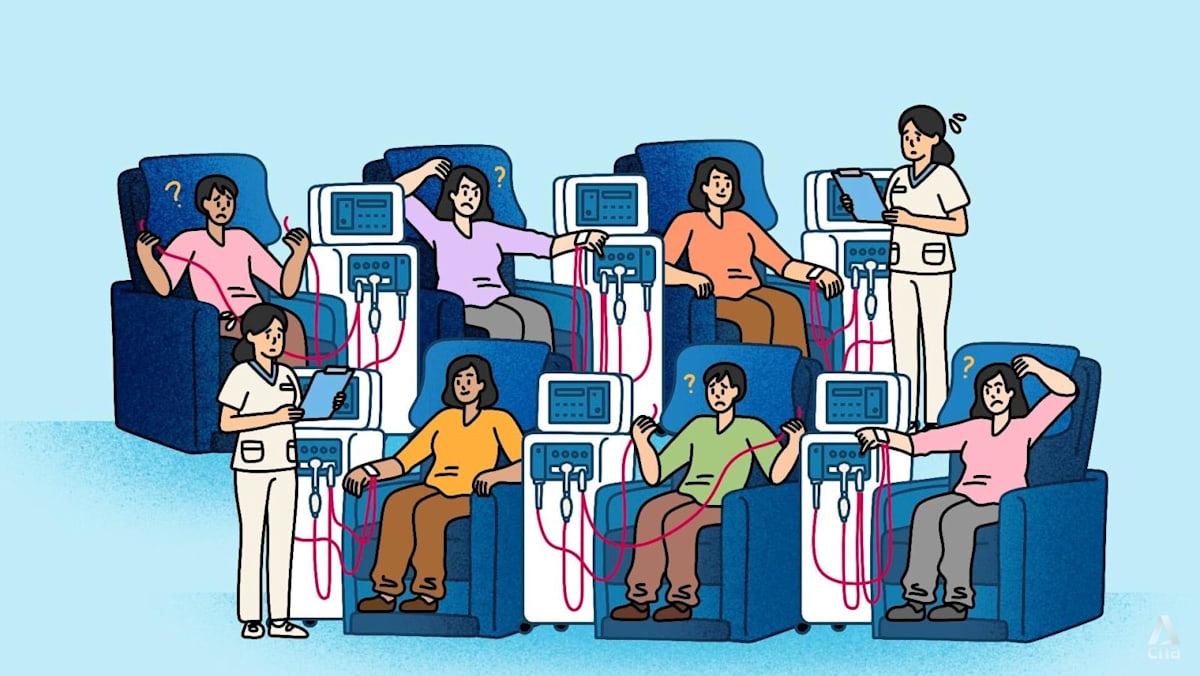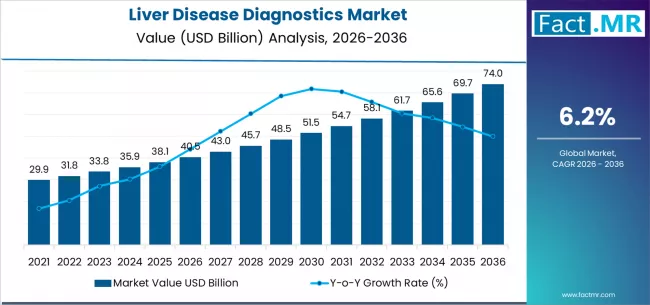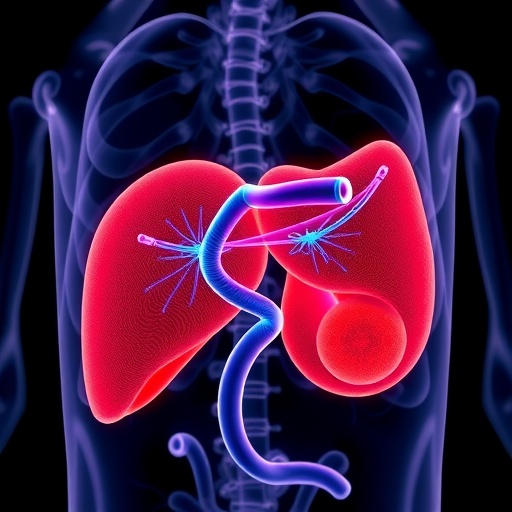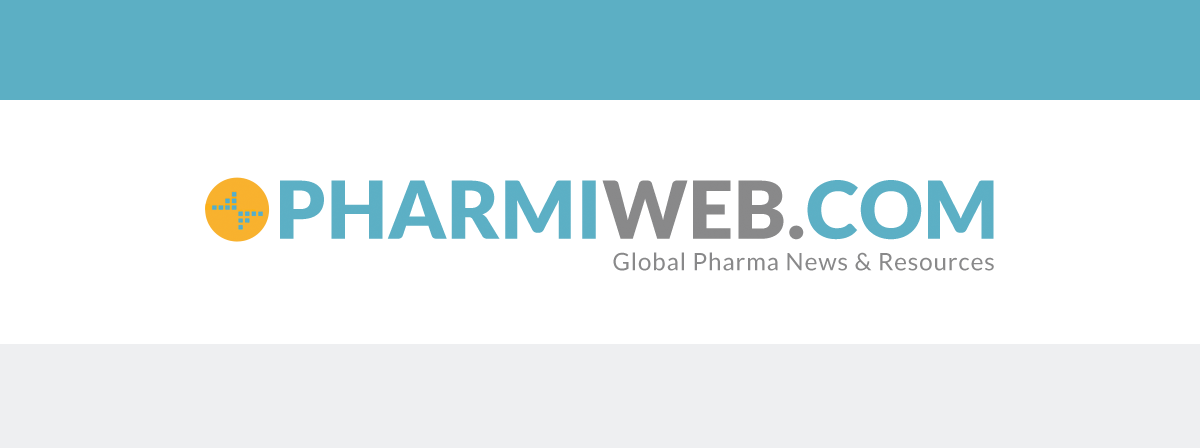A qualitative study on the perceived barriers to accessing haemodialysis for patients with kidney failure (KF) in Northern Ghana: perspectives of healthcare providers | BMC Nephrology
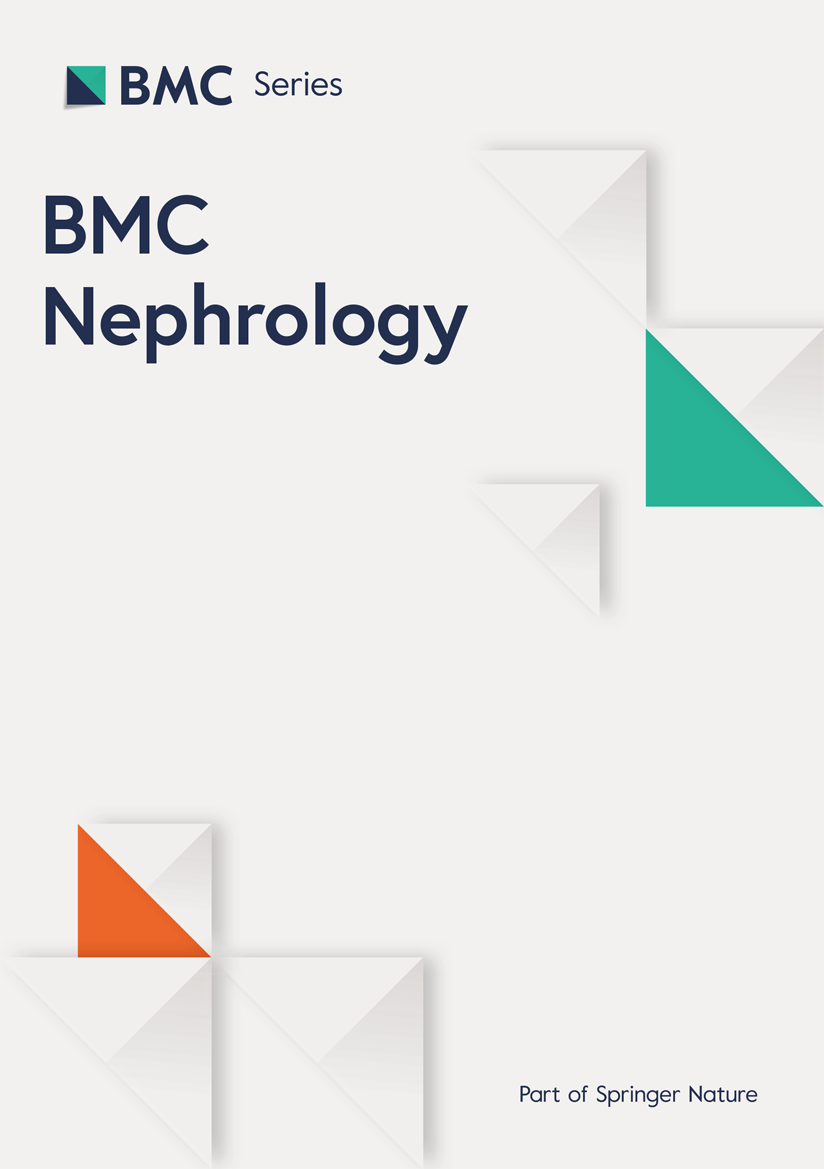
The study explored the views of healthcare providers in three health facilities regarding the barriers to accessing haemodialysis in northern Ghana. The study further solicited participants’ ideas on the measures that could be instituted to improve kidney failure care. The participants we interviewed were nurses, doctors, and administrators.
Availability
The findings of this study indicates that participants’ have a fair understanding of the kidney failure. They defined it as a persistent decline in kidney function (eGFR < 15 ml/min/1.73 m²) lasting for six months with diagnosis confirmed through laboratory investigations. While their definition does not fully align with KDIGO guidelines, it captures key aspects of kidney failure, such as its chronic nature, reduced function and the role of laboratory investigation. According to KDIGO, kidney failure is defined as estimated glomerular filtration rate (eGFR) of less than 15 ml/min/1.73 m², or the need for dialysis [11]. Participants’ definition inaccurately included a six month duration conflating chronic kidney disease (CKD) and kidney failure. This misunderstanding could result in delayed diagnosis and treatment as patients with eGFR of ˂15 ml/min/1.73m2 need immediate treatment.
In diagnosing kidney failure, healthcare providers employ a holistic approach, considering the duration of symptoms, clinical evaluation of signs, and laboratory investigations, including tests such as serum creatinine levels and estimated glomerular filtration rate (eGFR) [12]. These comprehensive approaches provide a structured and standardized method for identifying cases of kidney failure. Although participants were aware of the investigations needed to diagnose kidney failure, well-equipped laboratories and skilled professionals are essential to producing accurate and reliable results. The participants believe that laboratories at various facilities have the capacity to carry out these diagnostic tests. This finding is congruent with that of Stevens, de Lusignan [13]whose report revealed an improvement in detection tools to identify individuals with CKD in health facilities.
Despite the fact that the participating facilities have well-equipped laboratories capable of carrying out investigations for diagnosing kidney failure, the findings revealed a paucity of specialists (nephrologists, nephrology nurses) and experienced qualified staff to meet the facility’s functional needs. These findings corroborate the study by Tadesse, Gutema [14], which reported that shortage of nurses, nephrologists and technicians affects dialysis delivery. The effectiveness of dialysis is dependent on having skilled healthcare professionals who can administer and monitor the procedure. Additionally, inadequate staffing often results in heavier workloads. This leads to burnout, stress and physical and emotional exhaustion, which have negative impacts on health care professionals’ well-being and their ability to provide quality care. In addition, some participants reported a lack of or inadequate dialysis centers in some regions within the northern part of Ghana to provide dialysis. This is well documented in Ghana [6, 15]. However, the central concern is the distance that patients with kidney failure must travel to access haemodialysis. Many patients travel between three and seven [3,4,5,6,7] hours to reach a service center in the northern region. The fundamental explanation for the absence of dialysis centers in certain regions within the northern part of Ghana is rooted in a lack of resources, which is primarily attributable to the substantial costs associated with establishing and maintaining such facilities. The initial capital required for the purchase of these machines places considerable strain on the limited financial resources of many regions and districts in northern Ghana, where budgetary allocations for healthcare infrastructure are often insufficient. Furthermore, the financial commitment extends beyond the initial acquisition; the ongoing maintenance of dialysis machines necessitates a continuous influx of financial resources; regular service and the replacement of parts all contribute to the long-term financial burden associated with operating a dialysis center. As a consequence of these financial constraints, many regions within the northern part of Ghana find themselves caught in a cycle where the inability to make the initial investment and sustain ongoing operational costs prevents them from establishing and maintaining dialysis centers. Moreso, the government does not have a policy mandating the provision of dialysis services in all regional hospitals. The absence of a policy directive on the incorporation of dialysis services in regional healthcare facilities leaves a void in the standardization of care across the country. This consequently contributes to regional disparities in access where certain regions lack accessible dialysis facilities [5, 16].
Accessibility
As a result of the uneven distribution of haemodialysis centers, individuals from the northern part of Ghana face challenges in accessing dialysis services [5, 6, 17]. Geographical distance, coupled with the paucity of dialysis centers, creates challenges [16]. These challenges significantly impact the ability of individuals to receive timely dialysis. Some patients arrive late at the dialysis center, primarily because of the distance they must travel to reach the center. Due to the physical strain of this long journey, patients tend to cut back on dialysis sessions in order to take a rest and recuperate from the travels, ultimately leading to poor health outcomes and interrupt with their treatment plan.
Affordability
The cost of dialysis are extremely high and poses a significant financial burden for individuals and families. The cost does not only include the service but also transport, feeding, and accommodation, all add up to the cost [6, 15, 17]. Health insurance is fundamental for mitigating the direct costs of medical treatments and ensuring that individuals have access to necessary healthcare services without shouldering the full financial burden themselves. However, the National Health Insurance Scheme does not cover individuals with kidney failure on dialysis. Patients must pay out of pocket for dialysis [5, 15, 17, 18]. The cumulative cost of multiple sessions per week over an extended period often leads to substantial financial challenges for patients. Patients sometimes must resort to borrowing to meet the financial demands associated with their dialysis treatments. This emphasizes that the financial burden associated with haemodialysis, medications, and related expenses results in some patients withdrawing from dialysis [8, 15, 18].
Acceptability
This study findings also revealed noteworthy trends among patients with kidney failure. According to the participants, many patients with kidney failure combine herbal medicines with biomedicines. These findings are congruent with those of Ameade, Ibrahim [19], who reported that patients combine both herbal and orthodox medicines to treat their ailment. This was attributed to the notion that herbal medicines are more effective, with fewer side effects, curing completely and faster, and more affordable. This preference may stem from deeply rooted cultural beliefs and historical practices passed down through generations, fostering trust, efficacy and safety, which contributes to noncompliance and delays in kidney failure treatment.
Aside the combination of herbal medicines and biomedicines, men in the northern part of Ghana have historically been thought to be more resilient. The ingrained belief in men’s resilience maybe linked to traditional gender roles and expectations, where stoicism and endurance are highly valued masculine traits. Men, influenced by societal norms, internalize this perception and feel compelled to exhibit strength even in the face of health challenges. As a result, they ignore symptoms, which later leads to delays in diagnosis and treatment.
The participants explained that many patients fail to recognize the seriousness of their condition, often perceiving it as a minor issue that can be easily managed. This misunderstanding may lead to a casual attitude toward their health, causing them to underestimate the importance of seeking timely and appropriate medical care.
Accommodation
Diverse responses were drawn when participants were asked how health care providers manage kidney failure amidst all the challenges. The participants, specifically those from Bolgatanga Regional Hospital, revealed that patients who have the financial ability to afford haemodialysis are referred to Tamale. This stems from the glaring reality that the region lacks a dialysis facility, necessitating patients to travel to Tamale for haemodialysis. Conversely, patients who are unable to bear the financial burden of haemodialysis are managed through an alternative approach, primarily involving the use of furosemide (Lasix). While furosemide may not directly treat kidney failure, it is used with the expectation of providing some symptomatic relief and improvement. The focus is on managing fluid retention, a common manifestation of kidney failure, and alleviating associated symptoms. This alternative approach reflects the pragmatic decision-making of healthcare providers, who, in the face of resource constraints, aim to optimize patient care within the available means. Conversely, healthcare facilities with haemodialysis services (TTH and Wa Regional Hospital) reported limited available resources coupled with the rising demand for haemodialysis, placing undue strain on haemodialysis delivery. The current number of available dialysis stations falls significantly short of meeting the increasing demand from patients, resulting in long waiting times and compromised quality of care. Healthcare providers are therefore compelled to make decisions on available resources and the financial capacity of patients. As healthcare providers constantly strive to optimize care within the confines of a resource-constrained environment, they experience psychological trauma when caring for patients with kidney failure. These emotions stem from witnessing the suffering of patients under their care, especially young patients. The vulnerability of young patients and the repeated experience of being unable to provide necessary care intensify the emotional burden on healthcare providers.
Despite the challenges and emotional distress, there is a prevailing sense of optimism among healthcare providers. This optimism is rooted in the anticipation of improvements in healthcare infrastructure and the allocation of resources that could enhance their ability to provide the necessary care in the near future. Healthcare providers express hope that the advancements in medical technology, increased funding, and a broader commitment to healthcare improvements will eventually mitigate the obstacles they currently face. While hoping for improved health care policy and health delivery, healthcare professionals have taken it upon themselves to address the urgent needs of patients with kidney failure. This dedication is manifested through proactive initiatives such as organizing fundraising activities and seeking donations from philanthropic organizations and stakeholders. The dedicated efforts of these healthcare providers highlight a grassroots approach to bridging the gaps in accessing haemodialysis. The envisioned establishment of a haemodialysis facility through these grassroots activities has the potential to improve the region’s haemodialysis accessibility.
Importance of dialysis service
Access to dialysis services is a vital aspect of quality of life as well as a medical requirement. Long commutes and the absence of dialysis centers nearby make it difficult for many patients to work, go about their everyday lives, or spend time with their family, which has a negative effect on their general wellbeing. Accessible dialysis treatments, on the other hand, enable patients to live more satisfying lives in spite of their illness, highlighting the pressing need for equitable access to health care. Dialysis should be considered as a basic human right rather than a privilege reserved for the certain individuals or groups. Systemic inequities, including limited financial resources, geographic challenges, and ingrained social limitations, continue to prevent vulnerable populations, especially low-income individuals, from accessing life-saving care despite advancements in medical technology. These disparities perpetuate a concerning gap in access to healthcare, denying many people the necessary care they require to survive and thrive. Disparities in access to dialysis should be addressed to ensure that individuals, regardless of their socioeconomic status, have equal opportunities to receive the benefits of medical care.
Strategies for improvement
Recommendation for improvement of diaysis service is similar in all three facilities. Educational programs aimed at raising awareness about kidney failure and the importance of early intervention, with a focus on high-risk populations such as individuals with diabetes and hypertension [6, 20, 21]. By emphasizing early detection and management, these initiatives can decrease disease progression, reduce the need for costly therapies such as haemodialysis, and improve patient outcomes.
The demand for dialysis treatments has gradually increased over time. This increased demand has put pressure on the few available dialysis centers, necessitating the establishment of new centers by strategically placing these facilities in regions and district Hospital. The rationale behind this strategic placement is to ensure broader regional or district coverage, thereby providing individuals in diverse geographical locations with equitable opportunities to access haemodialysis services.
In regions where long travel distances poses challenges for individuals seeking haemodialysis services, the proximity of these centers can be transformative making it more feasible for patients to adhere to their treatment plans. Additionally, building and expanding dialysis centers can lead to increased capacity, allowing healthcare facilities to accommodate a larger number of patients efficiently and consequently, reduce the time patients spend waiting for their dialysis sessions [5]. Addressing the shortage of dialysis machines is fundamental to ensuring that patients with kidney failure receives timely and needed treatment. Solutions involve increasing the number of available machines, improving resource allocation strategies, and addressing underlying systemic issues contributing to the shortage.
Strength and limitation of this study
The main strength of this study lies in its representation of various categories of healthcare professionals from multiple hospitals, which provides a comprehensive view of the challenges faced in managing kidney failure. The purposive sampling method ensured that participants had relevant experience, enriching the data quality and relevance to the study’s objectives. Additionally, conducting the study across several hospitals in northern Ghana offered valuable insights into regional disparities and specific challenges within the context of limited healthcare resources. However, the relatively small sample size may limit the generalizability of the findings to other regions. Moreover, focusing on only three hospitals in northern Ghana might not fully represent the experiences of healthcare providers in other parts of the country. Finally, the reliance on self-reported data from interviews could introduce bias, as participants’ responses may be influenced by their personal perceptions or experiences.
link


